Winter makes backyards into white playgrounds, but many parents worry their kids will get bored staying indoors.
The cold months don’t have to mean less fun or learning. Winter sensory activities can turn chilly days into exciting chances for children to learn and grow through hands-on play.
Here, you’ll find simple ways to create engaging sensory experiences that make winter magical for your little ones.
You’ll find indoor and outdoor activities that spark curiosity, build skills, and keep kids happily busy all season long. Ready to turn winter into your child’s favorite learning time?
Why These Activities Matter for Child Development
Winter sensory activities are important for child development because they engage multiple senses, stimulating brain growth and enhancing learning.
Activities like playing with snow or ice help improve fine and gross motor skills, while also building vocabulary as children describe textures and temperatures.
These experiences support emotional regulation by offering calming, hands-on play, and they encourage curiosity and problem-solving.
Most importantly, they help kids adapt to seasonal changes, fostering resilience and a love for outdoor exploration even in colder months.
Magical Winter Sensory Activities Kids Will Love
Spark curiosity and creativity with these winter sensory activities! Each idea offers hands-on experience, supporting children’s development through tactile play, movement, and seasonal discovery both indoors and outdoors.
1. Snowflake Slime
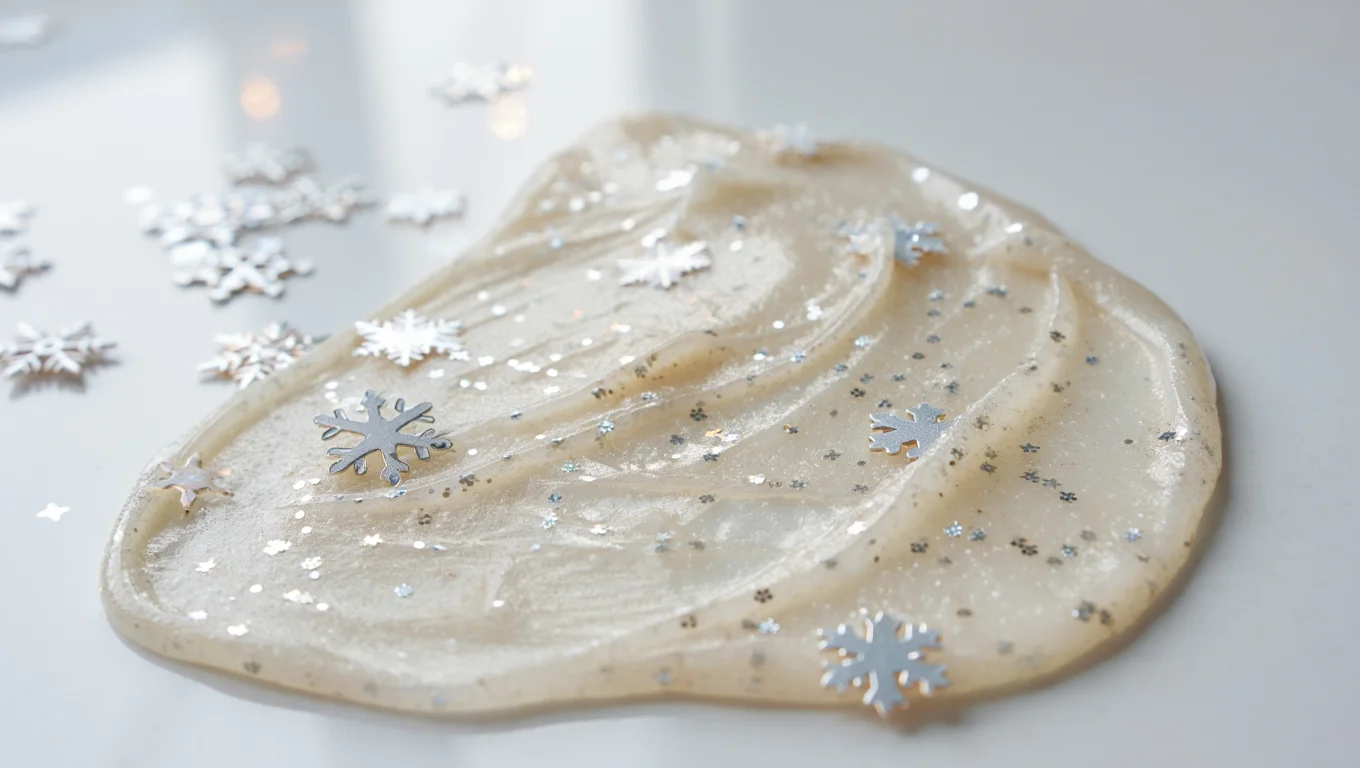
This sparkly sensory activity combines the satisfying stretch of slime with winter magic. Children love the squishy texture and visual appeal of glittery snowflake pieces mixed throughout the slime.
How to Do It: Mix white glue with liquid starch until it reaches slime consistency. Add silver glitter and snowflake confetti while kneading. Store in an airtight container and let kids stretch, squeeze, and manipulate for tactile fun.
2. Icicle Hunt
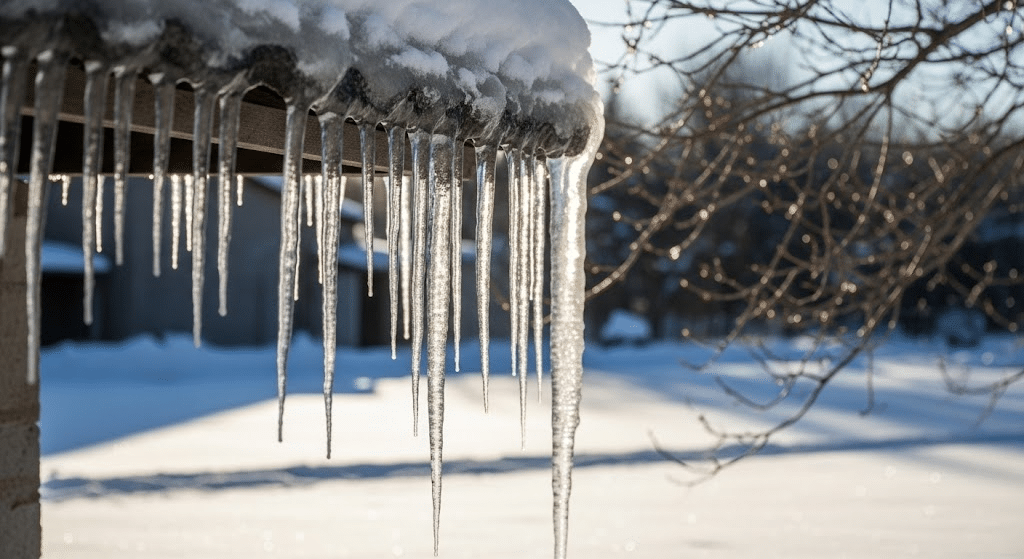
This outdoor activity helps children observe natural winter formations while learning about freezing and melting. Kids practice observation skills and vocabulary development through this activity.
How to Do It: Walk around the house or neighborhood to spot icicles hanging from roofs or trees. Point out different sizes and shapes. Discuss how water freezes and why icicles form. Always observe from a safe distance.
3. Winter Sensory Bins

These contained play spaces offer mess-free sensory activity indoors. Children can scoop, pour, and hide objects while developing fine motor skills and imaginative play scenarios.
How to Do It: Fill a large plastic bin with fake snow, cotton balls, or white rice. Add winter toys like polar animals, snowmen figures, or blue and white blocks. Provide scoops and containers for performing.
4. Sledding or Tubing

This high-energy activity provides vestibular input that helps children develop balance and spatial awareness. The movement stimulates the inner ear and promotes sensory integration.
How to Do It: Find a safe, gentle slope covered in snow. Use sleds or snow tubes appropriate for your child’s age. Always supervise and ensure the area is free from obstacles or hazards.
5. Winter Playdough
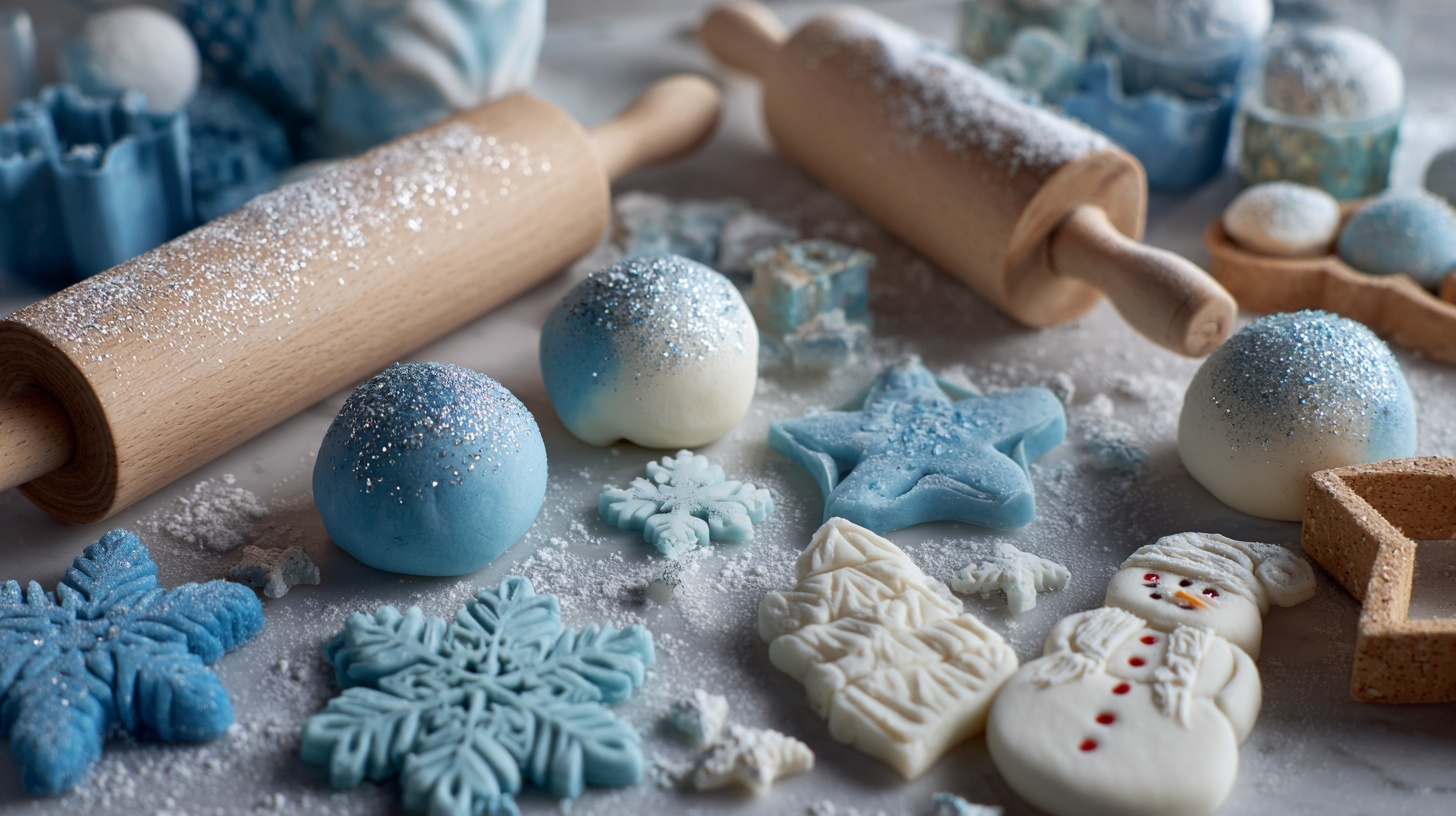
This tactile activity combines the familiar comfort of playdough with seasonal themes. Children strengthen hand muscles while creating winter scenes and practicing pre-writing skills.
How to Do It: Use white or light blue playdough mixed with silver glitter. Provide snowflake cookie cutters, rolling pins, and winter-themed stamps. Let kids create snowmen, snowflakes, and winter landscapes.
6. Snow Angels
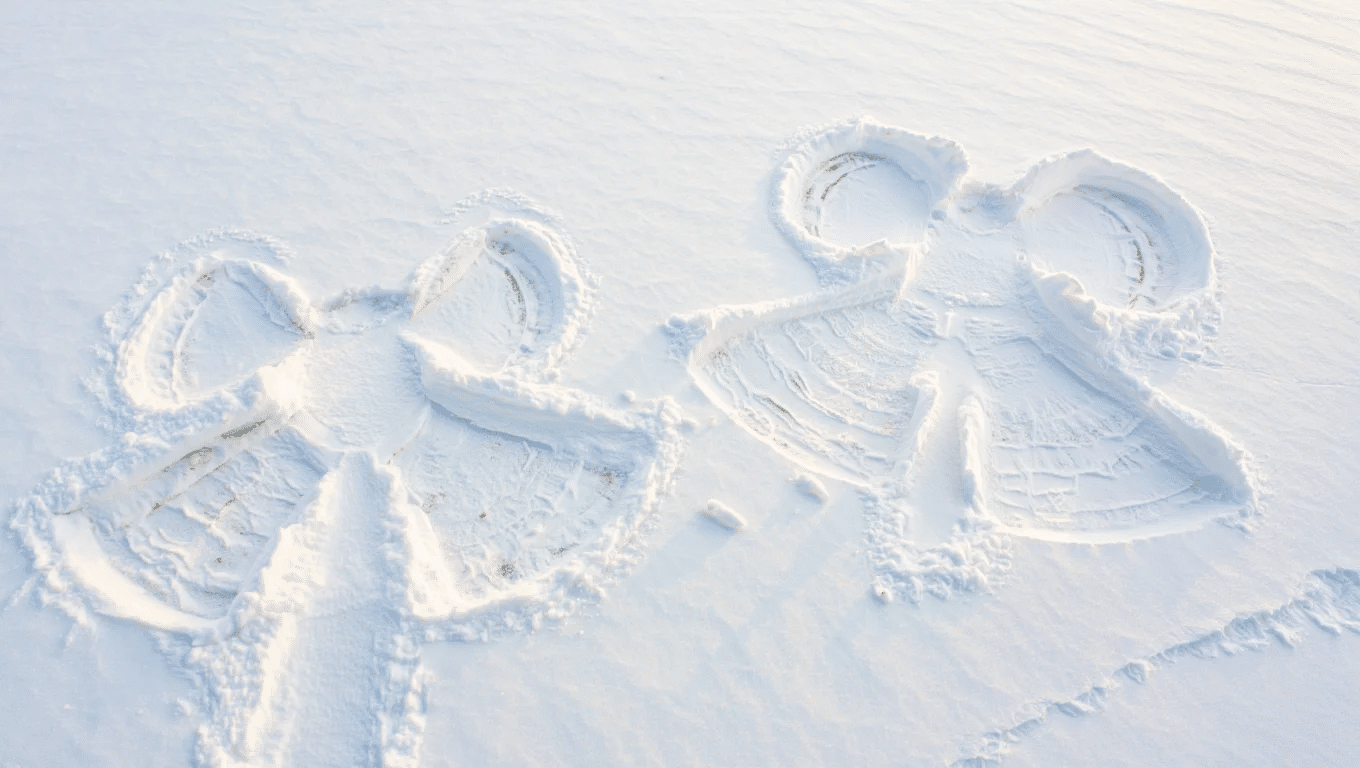
This classic winter activity provides full-body sensory input while creating beautiful temporary art. Children experience the cold texture of snow against their bodies and clothing.
How to Do It: Find a flat area with fresh, soft snow. Have children lie on their backs and move their arms and legs up and down to create wing and dress shapes. Help them stand up carefully to admire their angels.
7. Frozen Sensory Bins
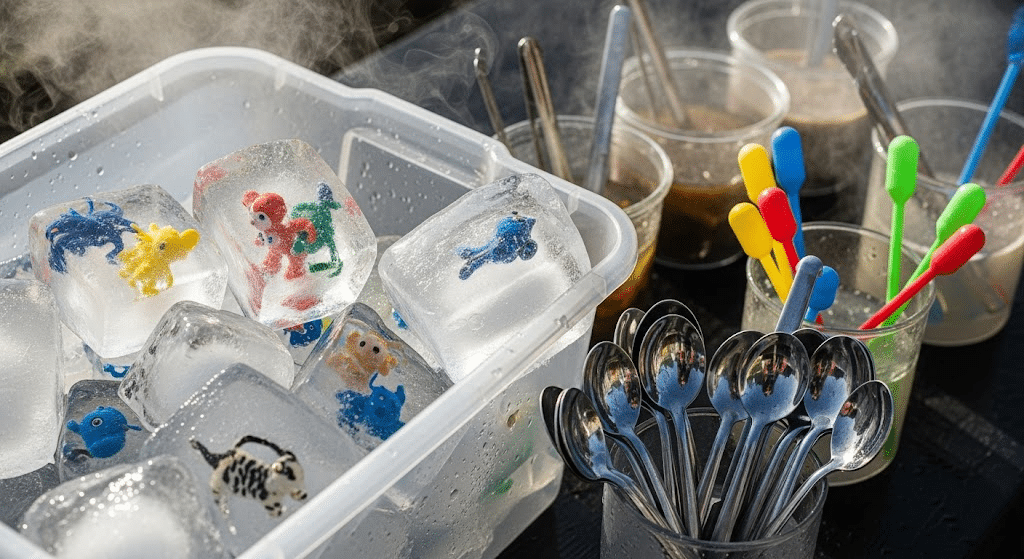
This activity combines problem-solving with sensory development as children work to free frozen treasures. The temperature contrast between ice and warm water creates exciting sensory experiences.
How to Do It: Freeze small toys in water using ice cube trays or containers. Place frozen blocks in a bin and provide warm water, spoons, and droppers. Let kids experiment with melting techniques.
8. Hula Hoop Contest

This movement activity becomes more challenging in winter clothing, providing extra proprioceptive input. Children must adjust their movements while wearing bulky coats and snow pants.
How to Do It: Take hula hoops outside and challenge kids to keep them spinning while wearing winter gear. Start with short sessions and celebrate efforts rather than perfect technique.
9. Winter Scent Jars
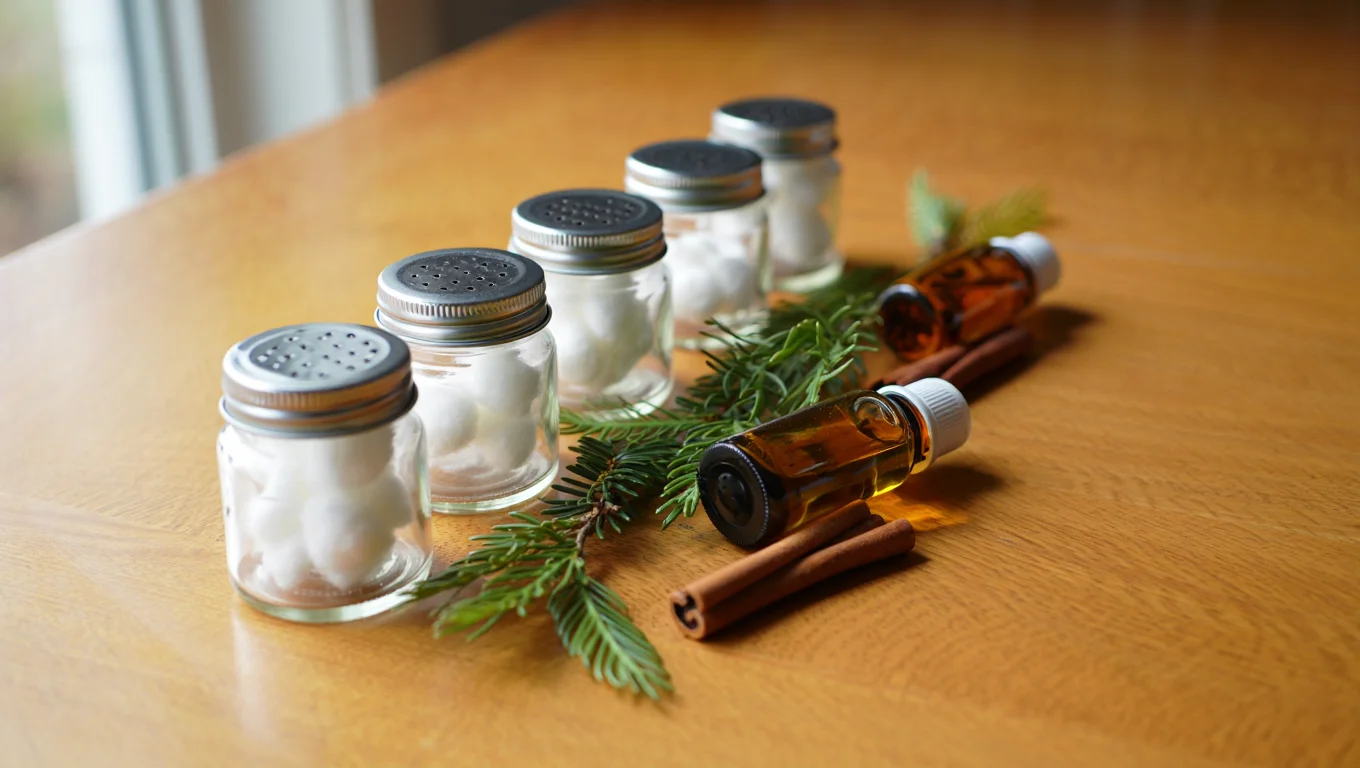
This olfactory activity introduces children to seasonal smells while supporting memory and language development. Different scents can evoke winter memories and encourage descriptive vocabulary.
How to Do It: Fill small jars with cotton balls soaked in winter scents like peppermint extract, cinnamon, or pine essential oil. Poke holes in jar lids and let children smell and identify different fragrances.
10. Snow Painting

This outdoor setting allows children to see immediate results as colored water contrasts against the white snow, creating temporary masterpieces.
How to Do It: Fill spray bottles with water and food coloring. Let children spray designs onto clean snow in the yard. Use different colors to create patterns, pictures, or rainbow effects.
11. Nature Texture Hunt

This activity encourages children to notice different textures in their winter environment. It builds observation skills and connects kids with nature during colder months.
How to Do It: Provide a collection bag and walk outdoors to find items with different textures. Look for rough bark, smooth stones, bumpy pinecones, and soft moss. Discuss how each item feels.
12. Gingerbread Cookie Decorating
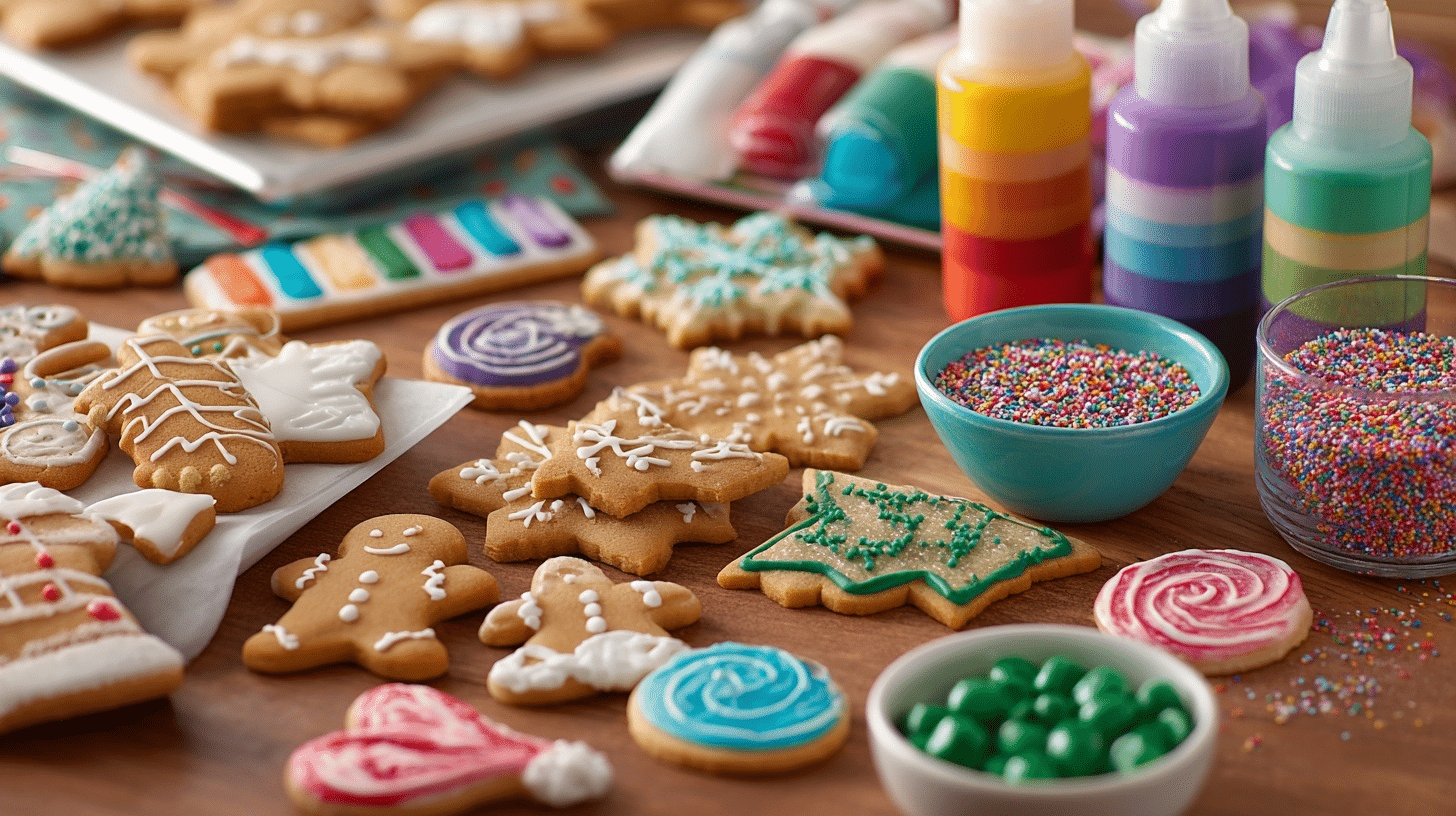
This multi-sensory cooking activity engages taste, touch, and smell while developing fine motor skills. Children practice hand-eye coordination while creating edible art projects.
How to Do It: Provide pre-baked gingerbread cookies, colored icing in squeeze bottles, and various sprinkles or candies. Let children decorate freely while discussing colors, patterns, and textures of decorating materials.
13. Snowy Sensory Bottles

These calm-down bottles provide visual sensory input and can help children self-regulate emotions. The slow-moving contents create a mesmerizing effect that promotes focus and relaxation.
How to Do It: Fill clear plastic bottles with water, glycerin, silver glitter, and fake snow flakes. Secure lids tightly with hot glue. Children can shake bottles and watch the contents settle slowly.
More Winter Sensor Activities To Look For
Learn more exciting winter sensory activities to engage children indoors and outdoors! These creative ideas encourage learning and fun, making cold-weather days memorable and developmentally enriching.
14. Snowball Obstacle Course
15. Winter Texture Boards
16. Build a Snowman
17. Winter Story Stones
18. Snow Maze
19. Ice Cube Painting
20. Shoveling Snow
21. Winter Sound Shakers
22. Snowman in a Bag
23. Winter Sensory Bags
24. Frozen Penguin Eggs
25. Freeze Bubbles
26. Winter Scavenger Hunt
27. Pinecone Bird Feeders
Winter Sensory Activity Safety & Setup Tips
From choosing the right clothing to managing messes, these guidelines help create a fun, worry-free sensory experience for everyone.
- Dress children in waterproof mittens and boots for outdoor activities, and keep extra clothes nearby for quick changes after messy indoor play.
- Replace common allergens like wheat-based playdough with rice flour alternatives, and use hypoallergenic materials in sensory bins for sensitive children.
- Always supervise water-based activities to prevent slipping, and have towels ready for immediate cleanup of spills or melted ice.
- Create designated play zones with plastic tablecloths or shower curtains underneath sensory bins to contain mess and protect floors.
- Keep a simple checklist handy with activity supplies, safety reminders, and cleanup steps to make setup quick and stress-free for parents.
To Conclude
Winter sensory activities offer countless opportunities for children to learn and grow through play.
Parents don’t need perfect setups or expensive materials to create meaningful experiences. The real magic happens when families blend sensory play into their regular winter routines.
Be it five minutes of snow painting or an afternoon of sensory bin exploration, these moments build lasting memories while supporting critical developmental skills.
Let winter become a season of sensory development for your child.



